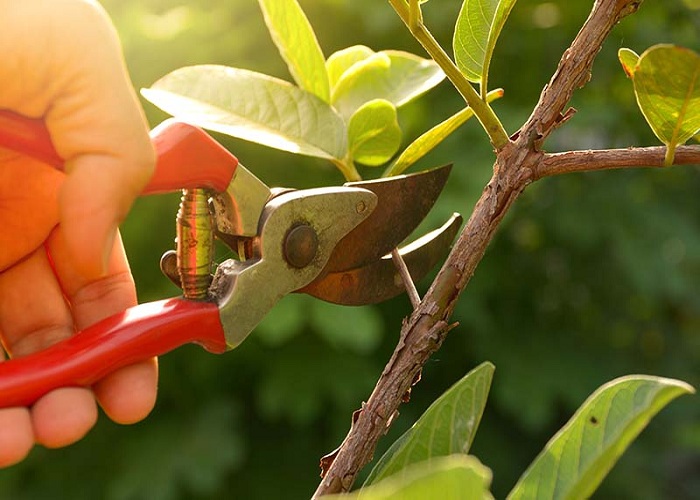You can get gardening advice from a wide variety of sources, including the web, books, and even close friends and family.
While some advice may be helpful, others are just plain silly. And sorting out the good from the bad can be challenging, especially if you’re a novice gardener.
When it comes to gardening, some old wives’ tales have been debunked by modern research.
Let’s investigate some of these myths that have been disproven by recent research.
Painting pruning cuts
Trees that have had their pruning wounds painted over with tar or pruning paint may appear to have been well cared for.
Some examples of wound dressing materials are latex, shellac, petroleum, and asphalt compounds.
The goal is to prevent decay and other diseases by sealing off the cut surfaces. However, recent studies have shown that wound dressings of this type do not help trees and, in fact, may be quite harmful.
When a stem is damaged or cut, trees form scar tissue or callus at the injury site. This prevents the spread of disease to the trees.
Because they stop calluses from forming, wound paints slow the body’s ability to heal itself. They can actually seal in water, as well as spores and microorganisms that cause decay.
Bleeding cuts, in specific, should never be covered in any way.
It is best to use a sharp tool to make the cut as clean as possible. Make a slanting cut close to the branch’s collar using a clean saw or pruning shears. The rest can be left up to the tree.
If you want to prune your trees heavily, the best time to do it is in the late winter, when the trees are less susceptible to diseases.
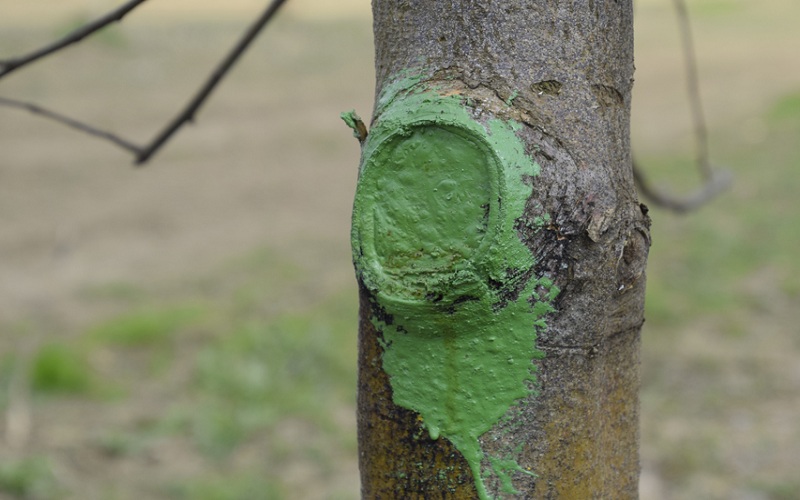
Organic pesticides are completely safe
Organic compounds from plants and animals may break down faster than man-made chemicals, but that doesn’t mean they are all safe for people or the environment.
Some of the most poisonous substances on earth come from plants and animals, such as snake venom, ricin from the castor plant, and botulinum toxins made by bacteria.
There is a wide range of toxicity among the organic pesticides used in farming.
For instance, the rotenone found in the roots of certain tropical bean plants is an extremely effective pesticide, insecticide, and piscicide.
Even though it has an organic background, research has shown that it is six times as toxic to humans and animals as Sevin, a chemical pesticide with a similar mechanism of action. In some countries, rotenone is banned but still widely used in others.
Other plant-based pesticides used by gardeners include nicotine, pyrethrum, and neem.
Nicotine’s toxicity to mammals, including humans, is high; in contrast, pyrethrum’s immediate effect on pests is accompanied by a lower toxicity to humans. Neem, which works slowly and interferes with the insect’s metabolic pathways, might be harmless to other animals.
Plant defenses can be triggered with the help of bacterial toxins like Bacillus thuringiensis (Bt) toxin and Alpha Beta Protein.
They cause the plants to produce biochemicals that protect them from disease.
These toxins and the additional substances plants produce to combat them are being studied for their potential dangers.
Thus, when selecting an organic pesticide, one should focus on the product’s efficacy rather than its “organic” label. Also, use them with the same care you would with chemical fertilizers.
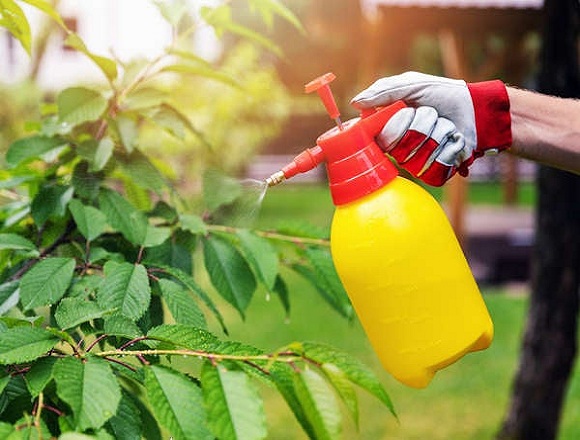
Amend clay-rich soil with sand
Clay retains water while sand drains quickly. It makes perfect sense to incorporate sand into clay soil. However, the result is soil that is even more compacted and resistant to tilling and better drainage.
Think about what would happen if you dumped sand into a jar full of marbles. When the sand fills the gaps between the marbles, it becomes difficult to move both the sand and the marbles.
In a similar fashion, when water is added to a mixture of sand and clay, the fine clay particles fill the voids between the larger sand particles, creating a thick, mortar-like substance.
Heavy clay soils benefit most from a heavy dose of compost and leaf mold. When clay particles stick to these lightweight materials, they can’t be compacted.
Having more air in the soil makes it easier for water to drain. After compost has been added, sand may provide further enhancements.

Don’t water the garden in the middle of the day
Good-hearted gardeners everywhere would tell you that if you water your plants at noon, you will kill them.
The water droplets, it is said, serve as lenses that focus the sun’s rays onto the leaves.
If this myth were true, rainstorms in the middle of the day would have destroyed large areas of land. This is not the case, though.
In fact, many gardeners believe that spraying their plants when they appear tired in the hot sun is beneficial.
If you notice any burn spots on your leaves after watering your garden, you may want to check the concentration of soluble salts in your water. If the salts in the water evaporate and land on the leaves, they could cause burns when they dry.
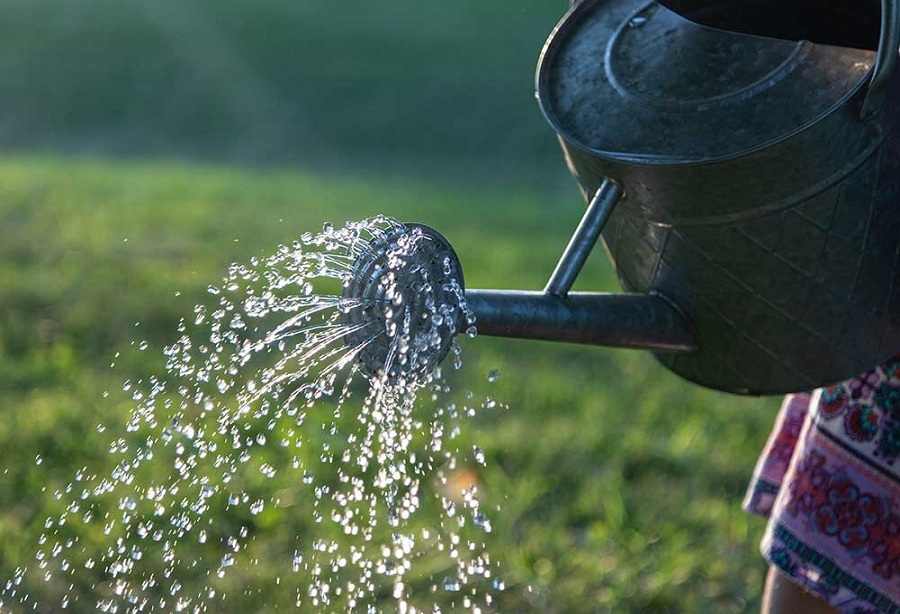
Trees need to be planted in deep holes for stability
Gardeners worry that newly transplanted tree saplings won’t thrive because they lack a strong root system.
After all, as they develop, they will be subject to severe windstorms and other elements of chance.
Some people take the recommendation to dig a hole at least twice as deep as the root ball as gospel, and if the tree dies in a storm several years later, you can imagine where the finger of blame will point.
Now we know that wider holes, not deeper ones, are what keep the trees standing.
The diameter of the planting hole should be at least twice as large as the root ball. Thus, the roots have a lot of room to spread out in the loose soil.
It stands to reason that a tree with a top-heavy crown would benefit from a wider base.
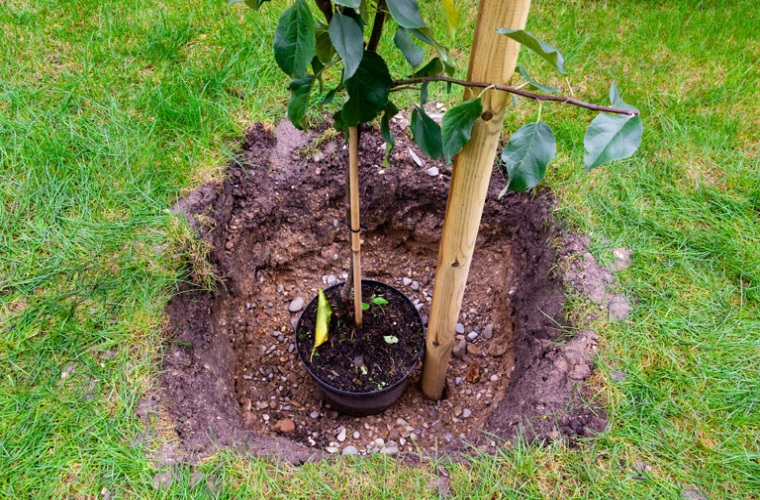
Add compost and fertilizers in the planting hole
Fertilizers and compost both contribute to healthy plant growth. However, they should not be supplied at the time of planting.
Compost provides a relatively loose medium that is nutrient-rich when used to fill a planting hole. It’s also a good moisture absorber. Since there is no reason for the plant’s roots to penetrate the harder, drier soil beyond the planting hole, the plant will keep its growth localized there.
For one thing, it has an impact on the plant’s stability. When watering is eventually cut back, additional complications arise.
The compost that drains quickly dries out more quickly and creates a dry perimeter around the plant. The plant can’t survive without more widespread rooting.
High concentrations of fertilizers, especially when applied to young plants, can damage their roots.
Once the new plant is securely in place, you can refill the planting hole with the soil you removed. Water well.
Allow the plant’s roots to spread out first, then apply compost and fertilizer around it, but not near the stem.
Some gardeners dig a ditch around plants for compost, but it’s not necessary. Simply apply a thick layer of mulch over the compost.
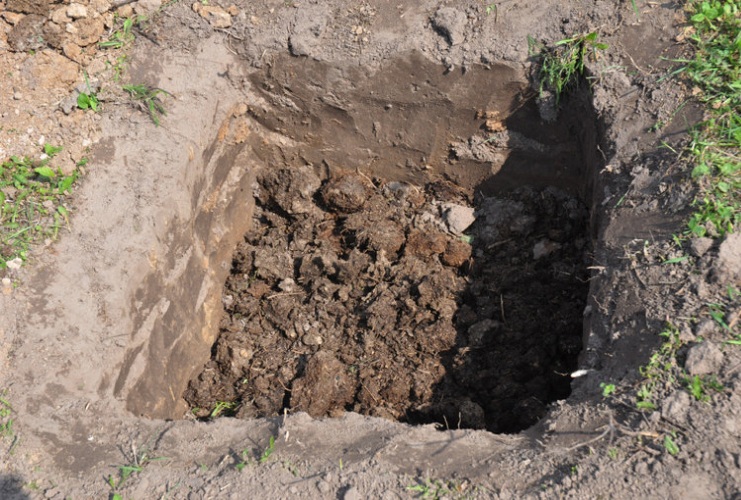
Converting to a xeriscape garden eliminates the need to water
Xeriscaping is popular for a variety of reasons. Some are compelled to grow drought-resistent plants due to water scarcity, others are drawn to them for their beauty or low maintenance requirements.
For whatever reason, the idea that drought-resistant plants don’t need watering is a common misconception.
Plants native to arid regions are generally recommended for xeriscaping, but they do require a bit of water in the first year.
Once established, drought-resistant plants like lavender, agastache, salvias, yarrow, sage, blue-eyed grass, red hot poker plant, armeria, and black-eyed susan are good choice.
They do require occasional and regular watering throughout the summer. It rains even in the desert every once in a while.
Plants like cacti and succulents may be able to endure dry periods without significant damage because they have tissues that store water.
Dry grasses may re-green after a summer rainstorm. However, delicate blooming plants won’t make it through the hot season if you ignore them.
That said, drought-tolerant plants all hate getting too wet. Place them in well-drained soil.
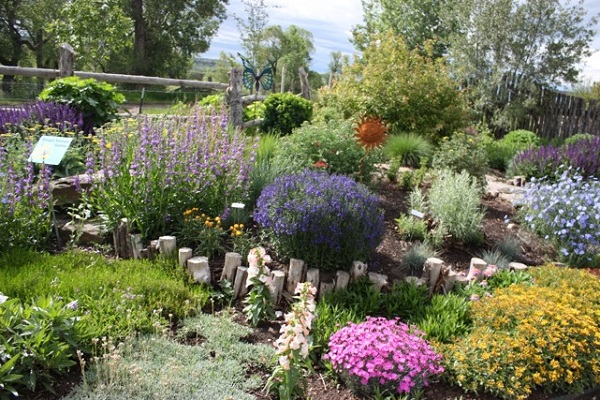
Grow two of each fruit tree
Some varieties of fruit trees require cross-pollination in order to produce fruit, which is where this myth gets its premise.
Fertilization can only occur in flowers if pollen from the male anther reaches the female stigmas. The ovary develops into fruit after that.
If both male and female organs are found in the same flower or in separate flowers on the same tree, then self-fertilization can occur. There are, however, exceptions.
Not all trees self-pollinate, even if they have male parts or flowers. They’re self-sterile.
Some types of apples, plums, pears, and sweet cherries, for instance, rely on pollen from other trees in order to fruit. To a large extent, fruit trees rely on honey bees as their primary pollinators. That’s why it’s important to plant multiple apple and sweet cherry trees in your garden or nearby yards to attract bees.
A simple purchase of two identical trees could be a mistake. They need to bloom simultaneously and get along well in other respects as well.
Professional gardeners have a good idea of which plants work well together. You must know which apple variety to buy with a self-sterile tree.
Even better, choose a self-pollinating variety. Granny Smith and Golden delicious apples are just two of many available types.
Some trees, like persimmons, have male and female trees, but buying two is pointless. Only grafted trees guarantee a male and a female.
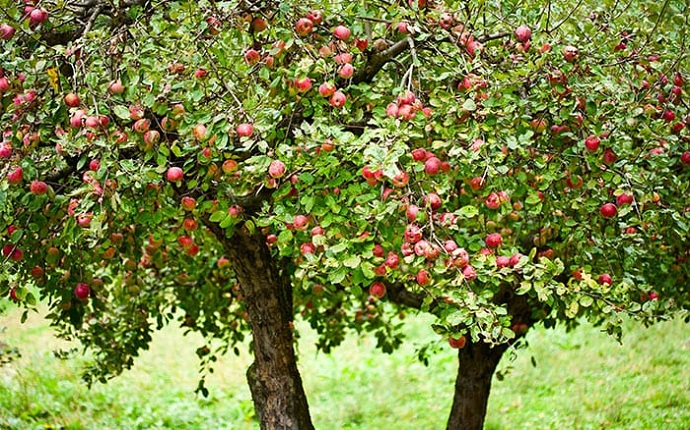
Feeding a plant will revive it
Fertilizers are often the first thing that comes to mind when a plant is found to be dying or failing to thrive.
It’s because people think fertilizers are plant food, as the word “feeding” suggests.
To survive, all plants really need is access to sunlight, air, and water, but this fact is often overlooked. Many millions of acres of forests and grasslands thrive without human assistance.
Some minerals in the soil may be depleted over time as plants use them for metabolic processes. As a result of having these nutrients added to their soil, plants often blossom with new life and vigor.
However, not all plants can be saved by giving them more water. Understanding the root cause of the decline is the first order of business.
Insect infestations, diseases, environmental stress, bad weather, root damage, and girdling are all potential reasons for plant death. In areas with poor drainage, too much or too little water can cause problems.
Before dousing your plants in fertilizer, you should check for these and other possible causes. If a tree is already struggling, adding too much fertilizer to its soil could be fatal.
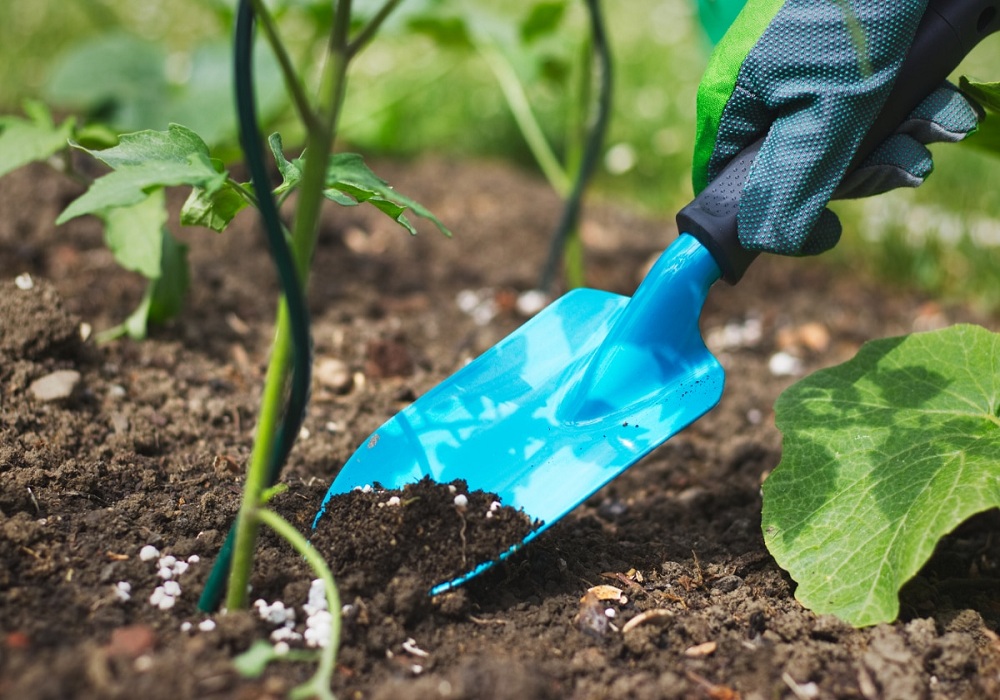
To get sweet tomatoes, add sugar or baking soda
Tomatoes can be made sweeter, but it’s not easy to do so.
Tomato sweetness does not appear to be affected by soil pH, but may be affected by the type of tomato and the amount of sunlight it receives.
Choose cherry tomatoes or a specific variety known for its sweetness if you prefer a sweeter tomato.
Tomatoes, by the way, thrive in a slightly acidic pH range of 6 to 6.8. If you don’t have acidic soil, don’t add baking soda to your tomato plants.


